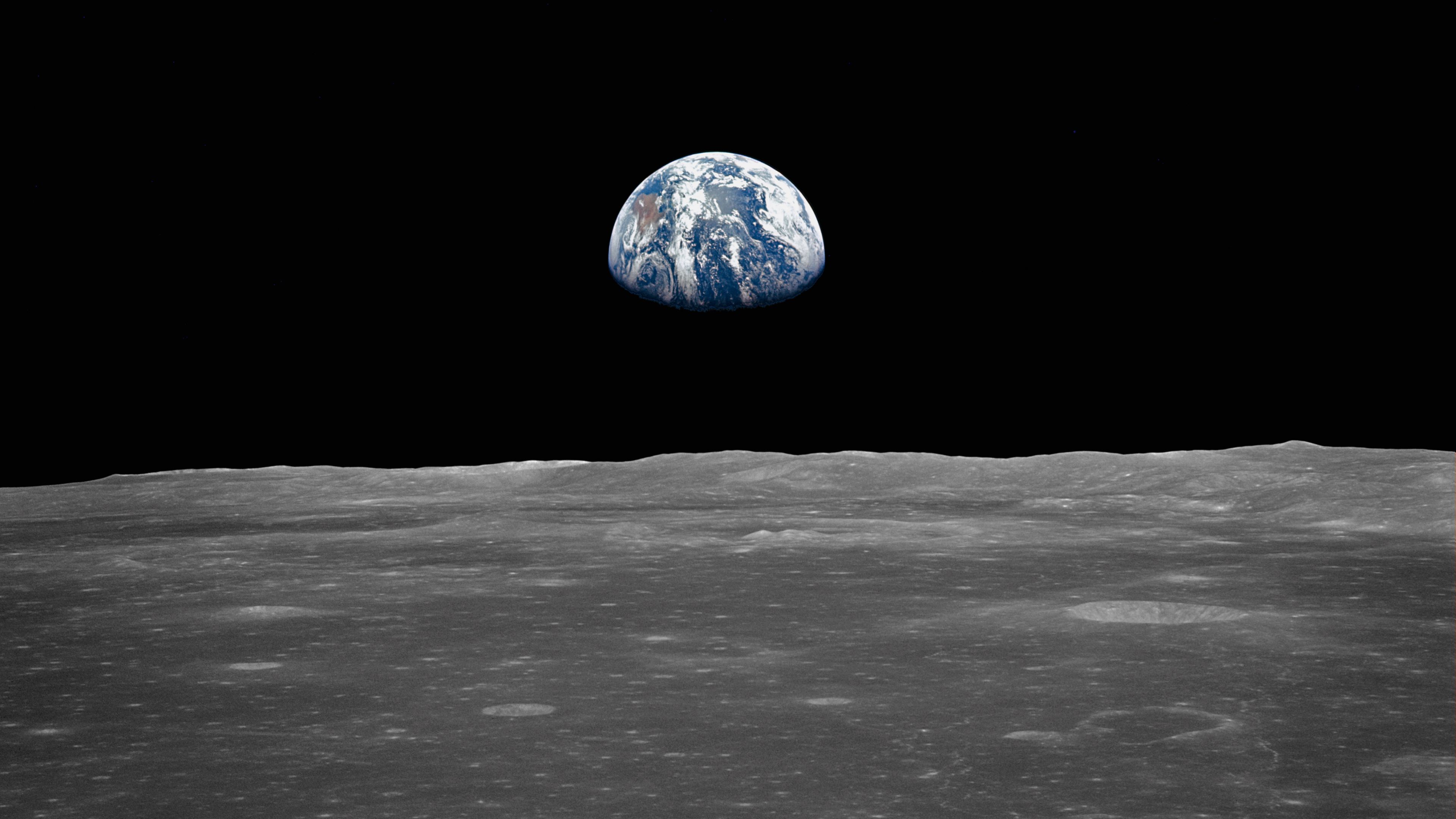Space experts estimate there are over 100 million pieces or around 8,000 tons of space debris orbiting around us, mostly consisting of satellite and rocket scraps. And not all space debris is flying around in orbit.
It is estimated that about 200,000kg of space junk rests on the lunar surface and this amount will increase with the future missions.

Swinburne researchers are investigating the technology best suited to recycling on the moon's surface. Image credit: NASA
According to the German Start-up, Orbit Recycling, more than 150 tons of aluminium alone can be regained and recycled on the moon. This would save billions of dollars; Orbit Recycling calculated the total cost of recycled aluminium on the moon to be 150,000 euro/kg, which is a fraction of the transported material cost from the earth.
A Swinburne research group led by Professor Geoffrey Brooks, Associate Professor Boris Eisenbart and Professor Alan Duffy is focused on the recycling metals on the lunar surface, working with researchers from India, China and USA on some of the challenges of mining on the moon.
Their current work looks at the furnace technology best suited to recycling on the moon. They are looking at concentrated solar energy as a source of heat, and they have been making ceramics and metals using concentrated solar energy and regolith-like materials found on the surface of the earth to address this question.
This forms part of the Swinburne Space Technology and Industry Institute's research interest in extraterrestrial resource processing.
Lunar recycling represents a significant challenge but is a critical issue to address. All major space organisations around the world are planning lunar missions. Now is the time to think responsibly what we leave behind in our future lunar missions, especially if we want to develop sustainable human presence on the moon.






